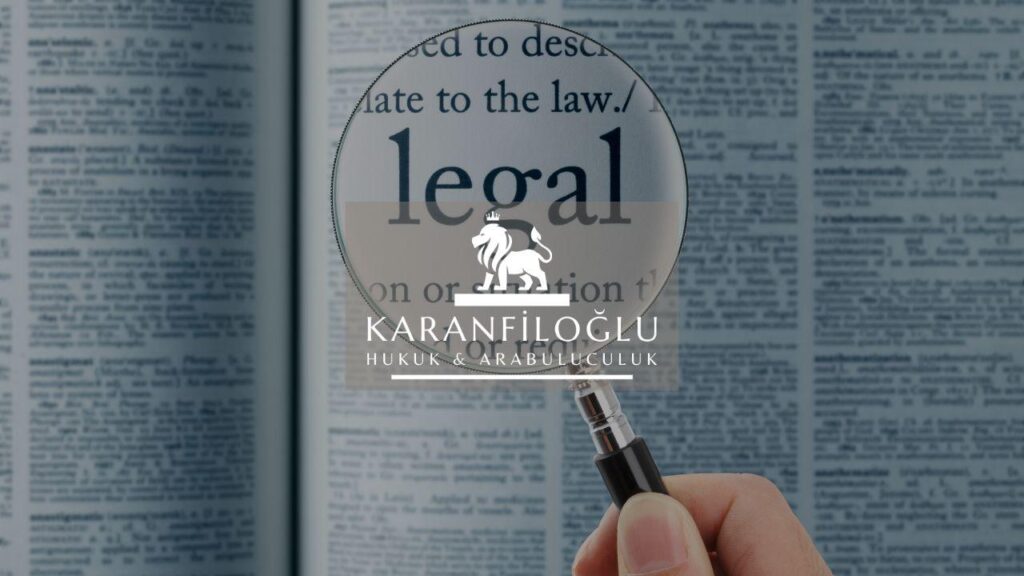Legal sanctions for violating children’s rights are crucial in safeguarding future generations. Children’s rights violations have far-reaching implications that demand immediate attention. When child protection laws are ignored, the impact of legal measures can reshape the narrative. But why do some still cross the line? The legal consequences for abuse serve as a stern warning. Legal sanctions help ensure justice, acting as a deterrent against perpetuating harm. Yet, without proper enforcement, these laws are just words on paper. The stories of children who have suffered remind us of the grave responsibility society holds. We must consistently uphold strict legal standards to prevent further children’s rights violations. Otherwise, the cycle continues, and society pays the price. Taking action isn’t a choice—it’s a necessity. The impact of legal measures holds power, but only when implemented effectively. Understanding the implications and enforcing child protection laws can transform lives and protect the innocent.
Understanding the Framework of Children’s Legal Protections
Understanding the framework of children’s legal protections begins with examining child protection laws that set the stage for safeguarding young lives. These laws, when adhered to, form a robust barrier against children’s rights violations. The legal consequences for abuse are formidable, reinforcing the importance of following established rules. Each statute reflects a commitment to prevent harm, yet the impact of legal measures often hinges on their faithful application. Legal sanctions act as a vigilant guardian, discouraging those who might otherwise trespass these boundaries. However, the true test lies in the steadfast enforcement of these regulations, ensuring they are actionable and not merely symbolic. As advocates and enforcers, we bear the duty to protect and preserve the rights of the most vulnerable. Without unwavering resolve, the law’s promise remains unfulfilled, and children’s rights violations persist like unchecked weeds in a garden meant to flourish.
Legal sanctions offer more than a reactive approach—they are proactive shields against children’s rights violations. When legal consequences for abuse are clearly defined, they generate a protective environment, deterring potential violators. The impact of legal measures is not only felt in the courtroom but resonates in communities aiming to uphold child protection laws. Yet, the effectiveness of these laws relies on constant vigilance and rigorous implementation. By interweaving legal outcomes with societal expectations, we create a tapestry where children’s safety is woven into the very fabric of our culture. It’s essential to build a system where justice isn’t just an ideal but a reality, ensuring the robust application of legal measures. Each time a child is both protected and vindicated, we affirm our collective commitment to nurturing a world where innocence is cherished and respected. Maintaining this framework requires unwavering dedication from all corners of society.
Legal sanctions, alongside robust child protection laws, form the backbone of children’s safety initiatives. These legal frameworks aim to eliminate children’s rights violations by holding offenders accountable. The legal consequences for abuse resonate not just within the justice system but permeate societal norms. To make an impact, every legal measure must be applied stringently, setting clear expectations. Displaying the strength of these measures requires unwavering commitment from those who enforce child protection laws. When legal standards are consistently met, they stand as a testament to a society’s dedication to nurturing its youngest members. Yet, complacency is a dangerous adversary. Without continuous vigilance, the framework intended to protect can erode, allowing violations to go unchecked like cracks in an otherwise sturdy shield. The ongoing challenge is to keep the enforcement of child protection laws alive and dynamic, ensuring every child’s right to safety is upheld without exception.
The Consequences of Non-compliance: A Legal Overview
Ignoring children’s rights violations is like playing with fire, a risky game with grave repercussions. Legal consequences for abuse aren’t just hypothetical—they mark the real-world penalties that offenders face. When child protection laws are flouted, the law steps in with an iron fist. Legal sanctions can range from hefty fines to imprisonment, aiming to hold violators accountable. The impact of legal measures lies not just in punishment but in setting a precedent that echoes loud and clear. While some might gamble on escaping the net, the reality is clear: justice finds its way. Non-compliance is not a grey area; it’s a steep downhill path that destroys trust and the very fabric of society. For those who underestimate the power of legal ramifications, the rude awakening can be harsh. It’s a stark reminder that laws are in place with purpose—they’re the armor that protects the vulnerable.
Imagine a world where ignoring child protection laws leads to an unending ripple of children’s rights violations. That’s the harsh reality when society turns a blind eye. The legal consequences for abuse are not abstract—they’re tangible restraints designed to halt these violations in their tracks. Legal sanctions come into play, serving as the voice of justice in a courtroom. Those found guilty can face dire penalties, from losing custody to criminal charges that stain a lifetime. The impact of legal measures is profound, acting both as a deterrent and a shield for the innocent. Non-compliance is akin to building on sand; it’s unstable and doomed for collapse. The gravity of legal ramifications is like a relentless tide, washing away ignorance. This isn’t just about justice—it’s about forging a safe haven for future generations. Each consequence meted out sends a clear signal: children’s rights are not negotiable.
Ignoring child protection laws isn’t just about bending rules; it’s like inviting chaos into our communities. Violations lead to legal sanctions that aren’t merely symbolic—they’re real, formidable, and uncompromising. Failing to uphold these laws means facing the harsh legal consequences for abuse, which can dismantle lives and obliterate reputations. The impact of legal measures is immediate, cutting through the veil of ignorance with precision. Those who flout children’s rights are met with forces that can strip away freedoms. Non-compliance isn’t just a lapse in judgment; it’s a direct assault on the justice system and its commitment to preventing children’s rights violations. This legal landscape isn’t forgiving; it’s a structured battleground where only truth prevails. Every sanctioned consequence becomes a lesson etched in the legal annals—a testament that child protection laws are non-negotiable shields. This is a defining moment where society’s commitment to protecting the young is put to the test.
Empowering Advocacy: Steps to Uphold Children’s Rights
Advocacy stands as the bedrock in the fight against children’s rights violations. Awareness campaigns are vital, amplifying the voices that often go unheard. Educational workshops and seminars can illuminate the intricacies of child protection laws and the impact of legal measures. Legal advocacy networks should be fortified to ensure that justice isn’t just a distant dream but a tangible reality. Volunteers and professionals can band together, creating a collective force to challenge injustices. Every step, no matter how small, pushes back against those who would dare infringe upon these rights. By uniting diverse efforts, society can uphold these rights effectively, turning whispers into roaring demands for change. Legal consequences for abuse and strict enforcement can then weave a safety net, safeguarding future generations. Empowerment isn’t an elusive ideal; it’s a practical pathway, one that demands concerted action and unwavering commitment.
In this uphill battle against children’s rights violations, community involvement serves as an instrumental catalyst. Grassroots movements, fueled by passionate individuals, can greatly sway the tides through localized action. Initiatives like public forums and interactive sessions foster transparency and accountability, encouraging adherence to child protection laws. Utilizing digital platforms, advocates can spread awareness faster than ever, engaging wider audiences, and sparking necessary dialogues about the legal consequences for abuse. Furthermore, fostering partnerships with legal entities and non-profit organizations strengthens the framework needed to support these efforts. The power of storytelling, connecting faces and names to statistics, amplifies the impact of legal measures and humanizes the crisis. By shining a spotlight on these issues, we create ripples strong enough to influence change. Ultimately, such advocacy is not a mere campaign; it becomes a persistent force that gradually dismantles barriers and forges pathways toward securing justice for vulnerable children.
A proactive approach in empowering advocacy involves equipping individuals with the tools to fight children’s rights violations effectively. Training programs focusing on child protection laws and the impact of legal measures enable advocates to navigate the legal landscape with confidence. Workshops can transform interested citizens into knowledgeable defenders, capable of addressing legal consequences for abuse swiftly and judiciously. Social media campaigns can bolster these efforts, spreading awareness while igniting public interest in children’s rights violations. Furthermore, developing networks that connect trained advocates with legal experts enhances the community’s ability to ensure legal sanctions are not only discussed but applied. Such educated action forms the backbone of any successful advocacy campaign, providing the momentum needed to uphold these crucial rights consistently. Thus, knowledge becomes the catalyst that propels concrete, impactful change, uniting dedicated individuals under a common, vital cause.
Disclaimer: This article is for general informational purposes only and you are strongly advised to consult a legal professional to evaluate your personal situation. No liability is accepted that may arise from the use of the information in this article.







